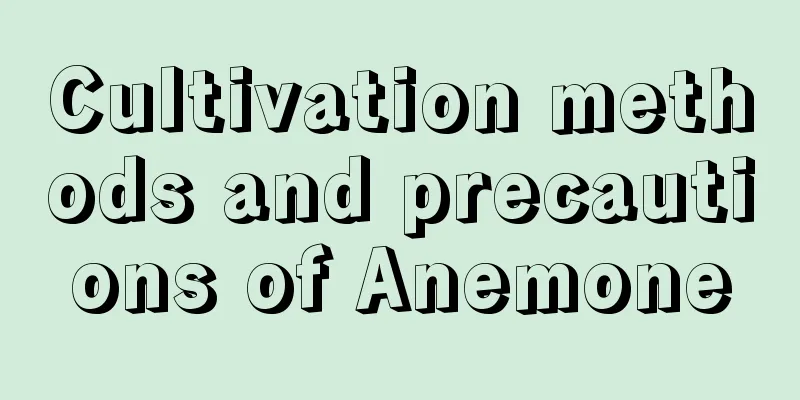Why can't you water succulents too much (what will happen if you water succulents too much)

Why can't you water succulents too much?(1) Excessive watering is not conducive to survivalIn their native habitats, succulents mostly grow in semi-desert areas with poor soil, as well as in Gobi and rock crevices. Their living environment is dry and ventilated, and the soil is mostly gravel and small-grained rocks, with good drainage and air permeability. In the artificial breeding environment, although granular soil is used to simulate the original environment, the amount of water supplied is much higher than that in the original environment. Therefore, in an environment with high humidity, potted succulents are particularly prone to fading, excessive growth, and root rot due to water accumulation, so watering needs to be controlled. (2) Too much watering will make it difficult to color or develop the desired stateSucculents have compact shapes and better coloring in a relatively dry environment with plenty of sunlight, a large temperature difference between morning and evening, because succulents will only show a more obvious coloring reaction when the pigment concentration in their cells is significantly higher than the water concentration. Therefore, less watering in daily care is more conducive to reducing the water content in cells, increasing the concentration of pigment cells, and is more beneficial to coloring. (3) Excessive watering can easily lead to pests and diseasesMost common diseases of succulents are related to high humidity, such as black rot, sooty mold, powdery mildew, downy mildew, etc., which are basically related to high humidity and lack of sunlight and ventilation. Therefore, less watering is also helpful to reduce the occurrence of these diseases and pests. Succulents can only be in good condition when the dryness and wetness are relatively balanced. (4) Excessive watering is not conducive to dormancy and winteringMost succulents are intolerant to extreme heat and cold. They hibernate for a short period of time during the high temperatures in summer and grow slowly or basically stagnate during the cold winter. Therefore, it is especially important to water less during these two special periods, otherwise it will not be conducive to successfully passing the dormant period. High temperature and high humidity will also greatly increase the chances of black rot of the rhizomes and waterlogging of the leaves. Excessive watering in winter will easily lead to excessive growth and night frostbite, which is not conducive to a smooth winter. |
<<: How to match succulent plants on a platter (how to make a large succulent platter look good)
Recommend
How to take care of the newly bought maiden heart
1. Temperature Temperature is very important for ...
Management methods for orchids during the germination period (detailed explanation of watering and fertilizing methods)
1. Temperature management After the orchid sprout...
The efficacy and function of stone spider plant
Introduction: Stone spider plant is mostly produc...
Causes and treatments for yellow elm leaves
1. Insufficient light Reason: Elm trees love ligh...
Can the green radish be cut without aerial roots? What is the reason for no rooting?
1. Can cuttings be taken without aerial roots? Ev...
Precautions for transplanting asparagus fern How to plant it with high survival rate
The best time to transplant asparagus fern is in ...
What is the best month to sow celery?
Celery is a common vegetable on people’s tables. ...
Do succulents need fertilization? How to fertilize?
We all know that succulents have thick leaves and...
Fennel seedling planting time and method
Fennel seedling planting time Fennel seedlings ar...
Why are the leaves of water lilies turning yellow?
Bowl lotus is a kind of flower that many people l...
How to plant tea tree seeds? Planting methods and management
Tea tree seed growth environment requirements Tea...
Four stages of cineraria care
Cineraria seedling stage When growing cineraria, ...
What to do if you water the magic wand too much
1. Stop watering The magic wand cannot tolerate a...
What is the flower language of osmanthus?
1. Its flower language Different regions have dif...
When to prune camellia, when and how to prune camellia
1. Pruning time The time for pruning camellia is ...









